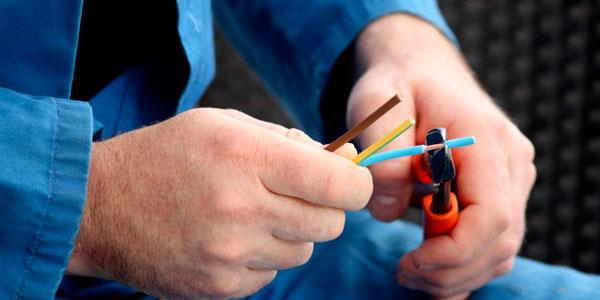Magnetic starters and contactors are electromagnetic products that are important elements of the electrical network. Each of them has specific functions and features.
The contactor is an electrical apparatus that is used to open and close power circuits. The described processes are driven by electromagnetic forces. Currently, there are many different versions of this unit, which allowed us to create a clear classification. Depending on the type of current flowing in the circuit where the contactor is installed, DC and AC devices are distinguished. At the same time, the first can be either single- or bipolar, and the second are currently presented in three- or four-pole design. The contactor is remotely controlled and has the following principle of operation: voltage is supplied to the coil, due to the action of electromagnetic forces, the armature is attracted to the core, as a result of which the contact group comes into motion. An open or circuit break occurs.

In turn, the magnetic starter is a small-sized contactor of a special design, which is most often used to start and stop squirrel-cage induction motors , as well as their reversal. In addition, this electrical apparatus can be additionally equipped with a thermal relay, which will protect the circuit from overloads. The principle of operation of the magnetic starter is as follows: when an alternating current is supplied to the coil, a magnetic discharge is created, which closes through the movable and fixed cores, as well as the air gap between them. When this happens, the previously mentioned metal elements are attracted to each other and close both power and auxiliary contacts.
Contactors and magnetic starters are similar devices, but each of them has characteristic features and differences.
The first is visual. The contactor housing has much larger dimensions, as well as considerable weight. The magnetic starter, in turn, is a fairly small device that can easily fit in the palm of your hand.
The second difference is constructive. Contactors and magnetic starters have power contacts. However, the former do not have a housing, but only arcing chambers that close power contacts. Therefore, they are more susceptible to the damaging effects of the environment. It is recommended to install the contactor in special rooms that can protect this important element of the electrical network not only from precipitation, but also from unauthorized persons. The magnetic starter, in contrast, is covered in a plastic case, but does not have a bulky arcing chamber.
The third difference, which is characterized by contactors and magnetic starters, is the purpose of these electrical devices. As mentioned earlier, starters are designed to operate motors and other equipment, while contactors carry out switching power circuits.
From the foregoing, the following conclusion can be drawn: contactors and magnetic starters are important devices that not only simplify our life, but make it safe and comfortable.